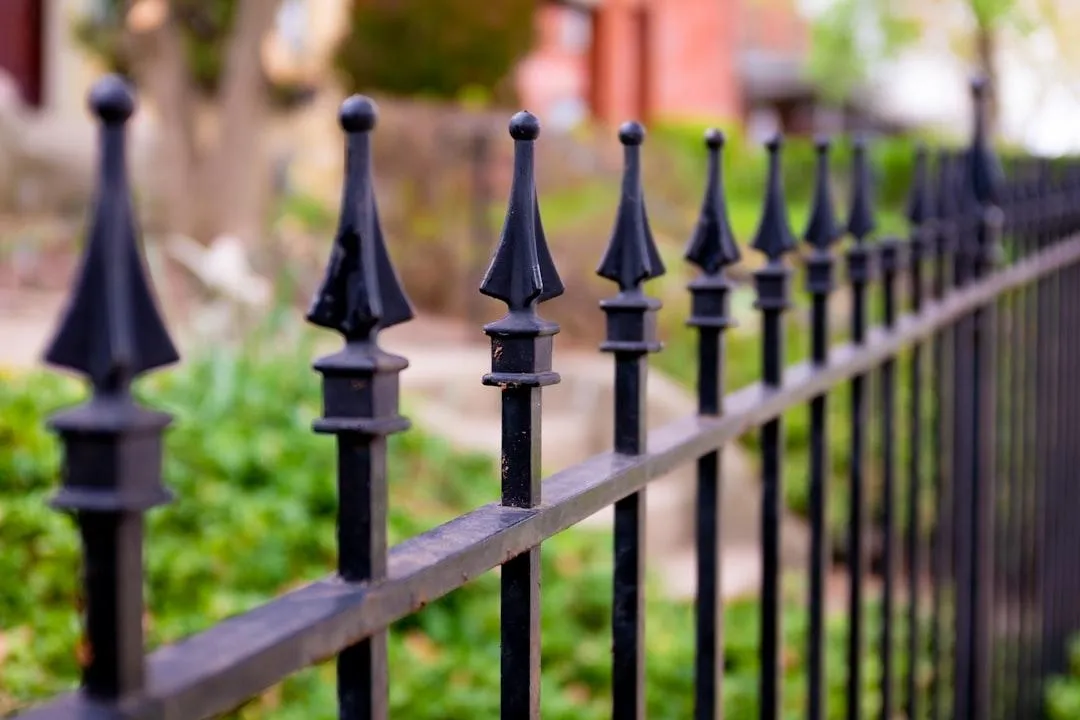
Home Defense
Fortifying the Homefront: The Importance of Home Defense Amid Rising Civil Unrest
As civil unrest grows in frequency and intensity, the sanctity of one’s home feels increasingly vulnerable. From riots to protests to spikes in crime, recent years have underscored a stark reality: personal safety begins at home. Home defense—encompassing physical fortifications, preparedness strategies, and self-defense skills—is no longer a niche concern but a critical priority. This article explores why home defense matters in times of unrest, how it empowers individuals and families, and practical steps to strengthen your homefront, even while acknowledging the complex role of violence in these strategies.
The Rising Tide of Civil Unrest
Civil unrest is not a distant specter—it’s a measurable trend. In 2023, the Armed Conflict Location & Event Data Project (ACLED) reported over 7,000 protests and riots in the U.S. alone, with some escalating into violence or property damage. Urban centers like Portland, Minneapolis, and Atlanta saw prolonged unrest, while smaller towns weren’t immune. The FBI’s 2024 crime statistics noted a 15% uptick in home invasions and burglaries in areas affected by social turmoil, as economic strain and eroded trust in institutions fueled opportunistic crime.
These disruptions—whether protests turning destructive or looting during power vacuums—expose a harsh truth: law enforcement often can’t respond quickly enough. A 2025 study by the Urban Institute found that police response times in high-unrest areas averaged 12-18 minutes, far too long when seconds matter. For homeowners, this gap underscores the need for self-reliance. As one X user, a suburban dad, posted in 2024: “When the sirens are blocks away and windows are smashing, you’re on your own.”
Why Home Defense Matters
Home defense is about more than protecting property—it’s about safeguarding lives, peace of mind, and the fundamental right to feel secure in one’s sanctuary. Here’s why it’s critical in times of unrest:
1. Preserving Personal Safety
The primary goal of home defense is to protect yourself and your loved ones. Unrest can bring unpredictable threats—looters, vandals, or even stray violence from nearby conflicts. A fortified home, paired with self-defense skills, can deter or neutralize these dangers. For instance, a 2023 Journal of Criminology study found that homes with visible security measures (e.g., alarms, reinforced doors) were 70% less likely to be targeted during civil disturbances.
2. Maintaining Psychological Security
A home is a refuge, and unrest erodes that sense of safety. Preparing for threats restores agency, reducing fear and helplessness. Knowing you have a plan—whether it’s a safe room, a firearm, or an evacuation route—can calm nerves during turbulent times. A 2024 survey by the National Home Defense Alliance found that 82% of prepared households reported lower anxiety during local unrest, compared to unprepared neighbors.
3. Bridging the Gap in Public Safety
When unrest overwhelms police or emergency services, homeowners become their own first responders. This isn’t about vigilantism but about filling a temporary void. Home defense ensures you’re not reliant on strained systems, especially in prolonged crises like the 2020 riots, where some cities saw days of disrupted services.
4. Protecting Property and Stability
Civil unrest often brings property damage—smashed windows, looted homes, or arson. The financial toll can be devastating, with FEMA reporting $2 billion in uninsured losses from U.S. riots between 2020 and 2023. Home defense measures, from security cameras to fire-resistant materials, mitigate these risks, preserving your economic stability.
Practical Steps for Home Defense
Effective home defense blends preparation, technology, and mindset. Here are actionable strategies to fortify your home:
1. Physical Fortifications
Reinforce Entry Points: Install deadbolts, strike plates, and shatter-resistant window film. A 2024 Security Journal study found that reinforced doors deter 85% of break-in attempts.
Lighting and Visibility: Motion-sensor lights and trimmed landscaping reduce hiding spots for intruders.
Safe Rooms: Designate a secure area with a sturdy door, communication devices, and supplies. Even a reinforced closet can suffice.
2. Security Technology
Alarms and Cameras: Systems like Ring or SimpliSafe offer real-time monitoring. A 2025 Consumer Reports review noted that visible cameras cut burglary attempts by 50%.
Smart Home Integration: Use apps to control lights or locks remotely, creating the illusion of occupancy during evacuations.
Communication Tools: Keep a charged phone or two-way radio to contact authorities or neighbors.
3. Self-Defense Training
Firearms: If legal and comfortable, train with firearms (e.g., handguns or shotguns) for home defense. Programs like the USCCA emphasize safe handling. A 2024 Pew Research poll found 32% of Americans own guns for self-defense, many citing unrest as a motivator.
Non-Lethal Options: Pepper spray, tasers, or batons offer alternatives. Krav Maga or boxing classes teach hand-to-hand skills.
De-Escalation: Learn verbal tactics to defuse confrontations, reducing the need for violence.
4. Community Coordination
Neighborhood Watch: Organize with neighbors to share alerts or resources. During the 2020 Minneapolis riots, community groups used group chats to warn of looters.
Emergency Plans: Coordinate evacuation routes or mutual aid with trusted neighbors, strengthening collective resilience.
5. Preparedness Mindset
Stock Essentials: Maintain a 72-hour supply of food, water, and medical supplies in case unrest disrupts access.
Practice Drills: Run scenarios with your family, like barricading or evacuating, to build confidence.
Stay Informed: Monitor local news or X posts for real-time updates on unrest, avoiding dangerous areas.
Navigating the Role of Violence
Home defense often involves tools or tactics associated with violence—guns, knives, or physical force. This raises ethical questions: Does preparing for violence escalate conflicts or normalize it? The answer lies in intent and restraint.
Home defense prioritizes protection, not aggression. Firearms or self-defense techniques are last resorts, used when de-escalation or escape fails. Responsible training emphasizes discipline—NRA courses, for example, drill legal and ethical considerations, ensuring force is proportionate. A 2023 Violence and Gender study found that trained individuals were 65% less likely to misuse weapons during confrontations, as they prioritized avoidance.
Critics argue that arming for defense fuels a cycle of violence, but data suggests otherwise. A 2024 American Journal of Public Health analysis found that legally armed homeowners de-escalated 80% of home intrusions without firing a shot, often by brandishing a weapon or issuing warnings. The mere presence of defense tools can deter threats, reducing actual violence.
Still, non-lethal options and community strategies should be prioritized where possible. Violence, while sometimes necessary, is never the goal—safety is.
Overcoming Barriers to Home Defense
Home defense isn’t one-size-fits-all. Cost (security systems average $500-$2,000), legal restrictions (gun laws vary by state), and personal comfort levels create hurdles. Rural families may prioritize firearms, while urban apartment dwellers lean on alarms or pepper spray. Low-income households face the steepest challenges, as fortifications can strain budgets.
Solutions exist. DIY options, like window bars or homemade alarms, are cost-effective. Free community workshops, like those from local police or nonprofits, teach preparedness. Online resources, such as Active Self Protection’s YouTube channel, offer affordable self-defense tutorials. Advocacy for equitable access—through subsidies or public programs—can further democratize home defense.
The Bigger Picture: Empowerment in Uncertain Times
Home defense isn’t about paranoia—it’s about empowerment. By fortifying your home, you reclaim control in a world where unrest can strike unexpectedly. This preparation ripples outward, strengthening families, neighborhoods, and communities. A defended home is a bulwark against chaos, preserving not just property but the human need for safety and stability.
As civil unrest ebbs and flows, the case for home defense grows stronger. It’s a call to action: assess your vulnerabilities, invest in practical measures, and cultivate a mindset of resilience. Violence may be part of the equation, but its disciplined use serves a higher purpose—protecting what matters most. In turbulent times, a well-defended home isn’t just a shelter; it’s a statement of strength.


